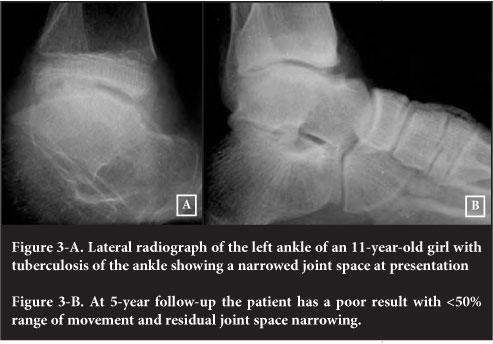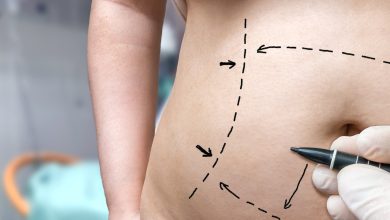Understanding Tuberculosis of the Foot and Ankle in Children: A Comprehensive Guide

Tuberculosis (TB) is a bacterial infection that usually affects the lungs, but did you know it can also affect other parts of the body, including the foot and ankle? In this article, we will delve into the details of tuberculosis of the foot and ankle in children, exploring its causes, symptoms, and the importance of foot care and tuberculosis testing.
Table of Contents
What is Tuberculosis of the Foot and Ankle?
Tuberculosis of the foot and ankle occurs when the bacteria Mycobacterium tuberculosis, responsible for TB, affects the bones and joints in this region. While it’s not as common as pulmonary tuberculosis, it can have significant consequences if not addressed promptly.
Causes and Risk Factors:
Children with weakened immune systems are more susceptible to tuberculosis in the foot and ankle. Factors such as malnutrition, crowded living conditions, and exposure to individuals with active TB increase the risk. Close contact with someone who has pulmonary TB can also contribute to the spread of the bacteria.
Symptoms:
- Pain and Swelling:
- Children with TB in the foot and ankle may experience pain and swelling, especially during movement. This discomfort can affect their daily activities and play.
- Limited Mobility:
- The infection can restrict joint movement, leading to stiffness and difficulty in walking or using the affected foot.
- Fever and Fatigue:
- As with other forms of tuberculosis, children may develop a fever and experience fatigue. If your child exhibits these symptoms along with foot or ankle pain, it’s crucial to seek medical attention
Diagnosis and Tuberculosis Testing:
Early detection is key to effective treatment. If your child shows signs of TB in the foot and ankle, the doctor may recommend tests such as a tuberculin skin test or a blood test. These tests help identify the presence of the tuberculosis bacteria, guiding the healthcare team in providing appropriate care.
Treatment Options:
- Medication:
- Most cases of TB in the foot and ankle can be treated with a combination of antibiotics. It’s essential to complete the entire course of medication as prescribed by the healthcare provider.
- Rest and Rehabilitation:
- Rest is crucial for the affected foot or ankle to heal. Physical therapy may also be recommended to restore mobility and strength.
The Importance of Foot Care:
Proper foot care is essential for children with tuberculosis of the foot and ankle. Here are some tips:
- Keep the Foot Clean:
- Gently wash the affected foot with mild soap and water. Pat it dry and avoid harsh scrubbing.
- Choose Comfortable Footwear:
- Opt for shoes that provide support and are comfortable. Avoid tight or ill-fitting shoes that may worsen the pain.
- Regular Check-ups:
- Schedule regular follow-up appointments with the healthcare provider to monitor your child’s progress and address any concerns promptly.
Prevention Strategies:
While it may not be possible to completely prevent TB, there are steps you can take to reduce the risk:
- Vaccination:
- Ensure that your child receives the Bacillus Calmette-Guérin (BCG) vaccine, which provides partial protection against TB.
- Good Hygiene Practices:
- Encourage your child to practice good hygiene, including frequent handwashing, to reduce the risk of infection.
Conclusion:
Tuberculosis of the foot and ankle in children is a serious condition that requires prompt medical attention. By being aware of the symptoms, prioritizing foot care, and ensuring tuberculosis testing when needed, parents can play a crucial role in their child’s health. Early diagnosis and appropriate treatment can lead to a full recovery and a return to an active, pain-free lifestyle.





